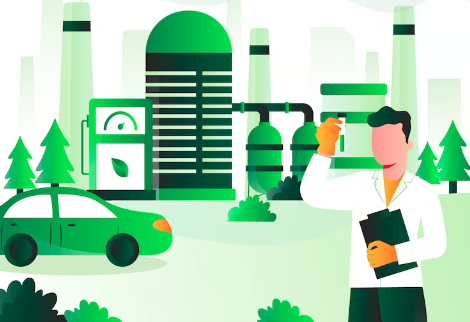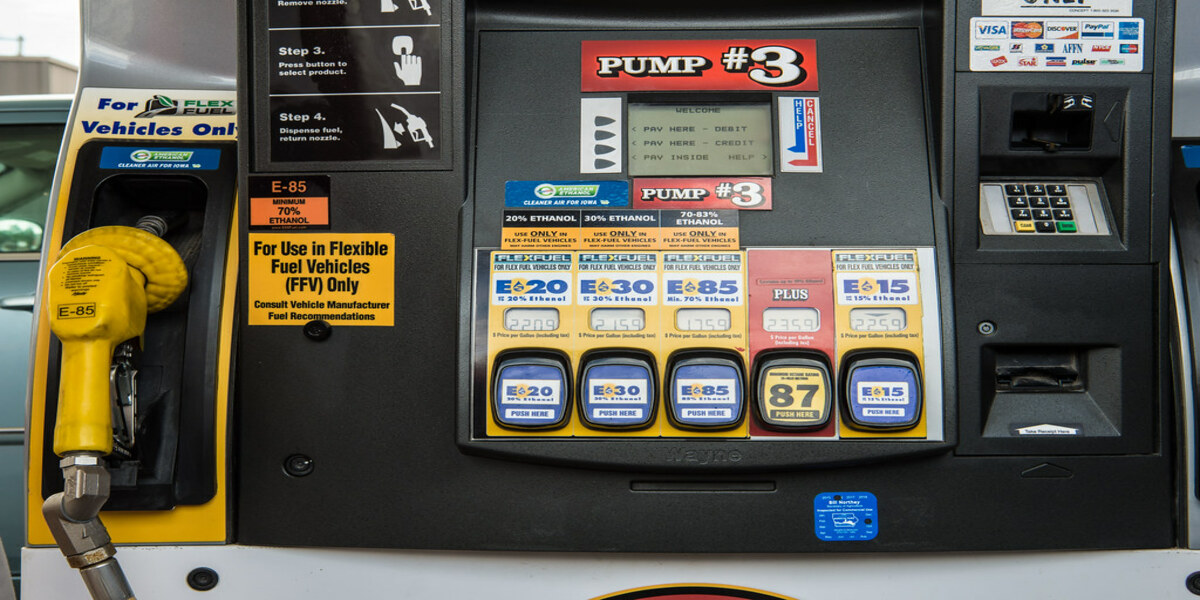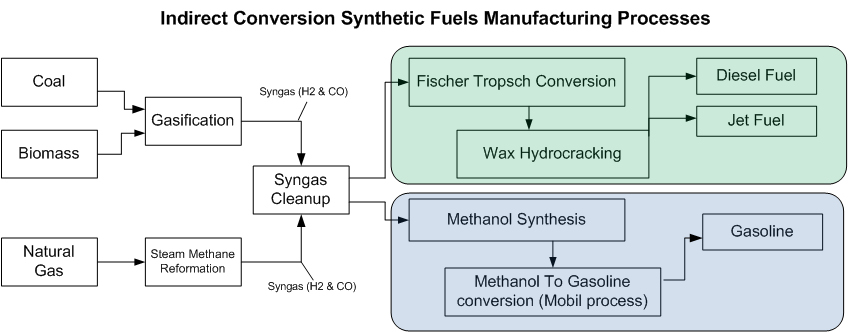Introduction
Bioethanol, a renewable fuel derived from organic materials, has gained significant attention as a viable alternative to fossil fuels. Its potential to mitigate climate change and reduce greenhouse gas emissions has led to a growing demand for bioethanol production at a larger scale. However, scaling up bioethanol production presents a unique set of challenges and opportunities. This blog will explore the various aspects of scaling up bioethanol production, including feedstock availability, infrastructure requirements, technological advancements, policy support, and environmental sustainability.
Feedstock Availability and Sustainability:
One of the primary challenges in scaling up bioethanol production is ensuring a sustainable and reliable feedstock supply. Traditional feedstocks like corn and sugarcane may need to be improved due to competing demands for food production and land use conflicts. To overcome these challenges, diversification of feedstock sources becomes crucial.
A sustainable solution can be explored by exploring alternative feedstocks such as lignocellulosic biomass (agricultural residues, forest waste, and energy crops like switchgrass and miscanthus), algae, and dedicated energy crops. These abundant feedstocks do not compete with food production and can be grown on marginal lands, reducing the pressure on valuable agricultural resources. Additionally, implementing sustainable cultivation practices, such as precision agriculture and crop rotation, can enhance feedstock availability and minimize environmental impacts.
Infrastructure and Logistics:
Scaling up bioethanol production requires a robust infrastructure to handle feedstock processing, fermentation, distillation, and fuel distribution. Upgrading or establishing new facilities is necessary to accommodate increased production capacity. Adequate storage systems for both feedstocks and bioethanol, along with transportation networks, such as pipelines or dedicated bioethanol-compatible vehicles, are vital components of a well-functioning bioethanol industry.
Integration of bioethanol into the existing fuel distribution network also poses logistical challenges. Blending facilities, storage tanks, and fueling stations must be upgraded or retrofitted to accommodate the distribution of higher ethanol blends. Collaborative efforts between bioethanol producers, fuel retailers, and government agencies are crucial to ensure seamless integration and address potential infrastructure bottlenecks.
Technological Advancements:
Technological innovations are crucial in scaling up bioethanol production. Advancements in biomass conversion, fermentation processes, and enzyme systems contribute to improving production efficiency and reducing costs.
Optimizing pretreatment methods, which break down the complex structure of biomass, allows for a more efficient conversion of carbohydrates into fermentable sugars. Innovative fermentation techniques, such as simultaneous saccharification and co-fermentation (SSCF) or consolidated bioprocessing (CBP), enable converting various feedstock components into ethanol in a single step, enhancing overall process efficiency.
Investments in research and development are vital to developing cost-effective enzyme systems that efficiently convert biomass into sugars. Genetic engineering of microorganisms and yeasts can enhance their ability to ferment sugars into ethanol, resulting in higher yields and improved fermentation performance.
In addition to process innovations, incorporating automation, data analytics, and advanced control systems can optimize production processes, enabling real-time adjustments and resource optimization. Monitoring key parameters, such as temperature, pH, and fermentation progress, can ensure consistent and efficient bioethanol production.
Policy Support and Market Dynamics:
Policy frameworks and market dynamics significantly scale up bioethanol production. Supportive policies, such as renewable fuel standards and tax incentives, provide stability and predictability to the bioethanol industry. Long-term policy commitments encourage private sector investments and foster innovation.
Market dynamics, including stable and predictable demand for bioethanol, are essential for attracting investments in production capacity. Collaborations between bioethanol producers, fuel retailers, and vehicle manufacturers are crucial to drive market development and facilitate the transition to increased bioethanol consumption. Building partnerships and ensuring a coordinated approach among industry stakeholders and policymakers is vital for creating a thriving market for bioethanol.
Environmental Benefits and Sustainability:
Scaling up bioethanol production offers significant environmental benefits. Bioethanol is a renewable and low-carbon fuel, resulting in reduced greenhouse gas emissions compared to fossil fuels. Increasing production and consumption can contribute to mitigation efforts of national and international climate change.
Moreover, the sustainability of bioethanol production is critical. Sustainable feedstock sourcing, including the use of non-food biomass and implementing sustainable cultivation practices, reduces the impact on ecosystems and biodiversity. Responsible land use planning and adherence to environmental regulations are essential to ensure the long-term sustainability of bioethanol production.
Challenges:
- Feedstock Availability and Sustainability: One of the primary challenges in bioethanol production lies in securing a sustainable and abundant feedstock supply. Traditional feedstocks like corn and sugarcane can face limitations due to competition with food production and land-use conflicts. Ensuring the availability of alternative feedstocks, such as lignocellulosic biomass or algae, and implementing sustainable cultivation practices are essential for overcoming this challenge.
- Infrastructure and Logistics : Scaling up bioethanol production requires substantial investments in infrastructure and logistics. Establishing efficient supply chains, including transportation and storage facilities, can be costly and time-consuming. Additionally, blending bioethanol with gasoline requires modifications to existing fuel distribution systems. Upgrading infrastructure and developing adequate logistical networks are critical challenges that must be addressed.
- Technological Advancements: Technological advancements play a crucial role in improving the efficiency and cost-effectiveness of bioethanol production. Developing more efficient enzymes and microorganisms, optimizing pretreatment methods, and enhancing fermentation processes are ongoing challenges. Advancements in process automation, data analytics, and control systems can further optimize production and reduce operational costs.
Opportunities:
Sustainable Feedstock Innovation:
Exploring alternative feedstocks presents significant opportunities for bioethanol production. Research and development efforts focusing on lignocellulosic biomass, algae, and dedicated energy crops can improve feedstock availability and sustainability. Utilizing non-food biomass and optimizing cultivation practices can reduce the industry’s environmental impact and promote resource efficiency.
Policy Support and Market Expansion:
Supportive policies and market incentives are crucial for the growth of bioethanol production. Governments can play a vital role by implementing renewable fuel standards, providing tax incentives, and creating favourable regulatory frameworks. Stable policy environments encourage investments, foster innovation, and enhance market expansion.
Integration with Renewable Energy Systems:
Bioethanol production can be integrated with other renewable energy systems, such as solar and wind power, to create hybrid energy solutions. This integration allows for energy storage and grid stability, addressing the intermittent nature of some renewable sources. Exploring synergies between different renewable energy technologies offers further advancements and energy diversification opportunities.
Environmental and Climate Change Mitigation :
Bioethanol production offers significant environmental benefits by reducing greenhouse gas emissions and mitigating climate change. The industry can capitalize on the increasing demand for sustainable and low-carbon energy sources. Investing in sustainable practices, such as responsible land use, minimizing water usage, and optimizing production processes, can further enhance the environmental sustainability of bioethanol production.
The challenges faced by the bioethanol industry are opportunities for growth and development. Overcoming feedstock availability and sustainability issues, improving infrastructure and logistics, and advancing technological innovations are crucial for scaling up bioethanol production. Policy support, market expansion, and integration with renewable energy systems provide additional avenues for industry growth.
By embracing these opportunities and addressing the challenges head-on, the bioethanol industry can solidify its position as a critical player in the renewable energy sector. Bioethanol production has the potential to contribute significantly to climate change mitigation, energy security, and a more sustainable future. It requires collaboration between governments, industry stakeholders, and research institutions to ensure bioethanol’s continued advancement and success as a renewable energy solution.
Conclusion
Scaling up bioethanol production is a complex but essential task in transitioning towards a more sustainable and renewable energy future. Overcoming challenges related to feedstock availability, infrastructure development, technological advancements, policy support, and environmental sustainability requires collaboration between industry, governments, and research institutions.
Exploring alternative feedstocks, improving infrastructure and logistics, and adopting advanced technologies can enhance bioethanol production efficiency and cost-effectiveness. Stable policy frameworks and market dynamics are crucial for attracting investments and creating a supportive environment for the bioethanol industry. Environmental benefits and sustainability considerations should remain at the forefront of bioethanol production, ensuring it remains a genuinely renewable and eco-friendly energy solution.
By addressing these challenges and seizing the opportunities, we can unlock the full potential of bioethanol as a scalable and sustainable renewable fuel, reducing our dependence on fossil fuels and mitigating the impacts of climate change.




















